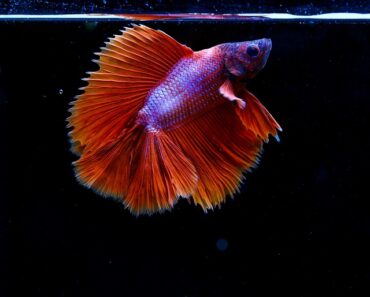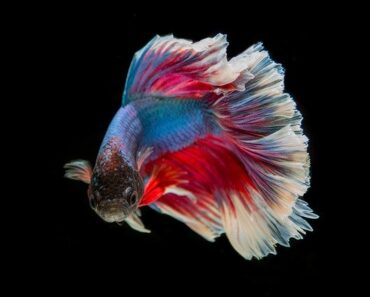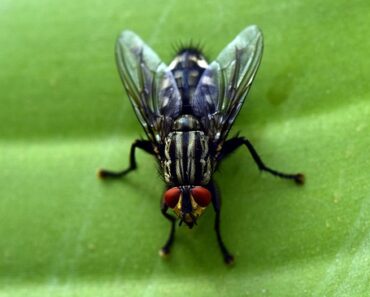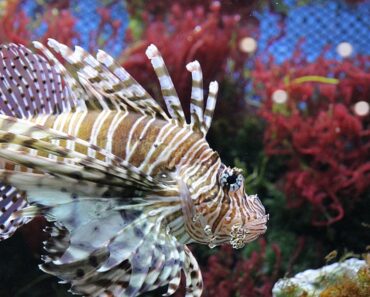- Leatherback Turtle

The leatherback turtle holds the record for the largest animal migration in the world. In fact, it swims an average of 20,500 km! It is also the largest sea turtle present on our Earth. As an adult, it can weigh nearly 400 kg and measure about 1m60 long. It feeds mainly on jellyfish, fish, crustaceans, algae and squid. The leatherback turtle is today the only representative of the Dermochelyidae family, i.e. it does not have keratin scales on its carapace but a skin on dermal bones. It is present in all the oceans of the world but is the subject of many protection and conservation programs because of overfishing and poaching.
2. Vanessa cardui

The Vanessa cardui is a species of migratory butterfly present on almost all the globe except Antarctica and South America. It measures between 27 and 34 mm, males and females have a similar physique. This species of butterfly travels about 15,000 km! Leaving Africa, it then migrates to Central and Southern Europe in spring where it will reproduce. There can be 3 breeding cycles. No Vanessa cardui completes its migration cycle. Some are born and others die on the way. It can take up to 6 generations of butterflies to complete the entire 15 000 km journey.
During the fall, the descendants redirect to the south, in Africa. The same phenomenon can be observed in North America, where butterflies leave Mexico for the United States and even Canada.
3. The Adélie penguin

The Adelie penguin is one of the emblematic species of Antarctica, just like the emperor penguin. This one is distinguished by its small size, the white ring around its eyes, its black and white plumage and its long feathers which are its own (especially those of the tail), they cover a large part of its beak. They spend most of their time at sea except during the breeding period. Indeed, these little penguins migrate over a distance of 13 000km!
They feed mainly on crustaceans and krill. Its main predator is the leopard seal.
4. The humpback whale

The humpback whale holds the 4th place of the largest animal migrations. Indeed, it travels about 8,300 km! This giant of the seas can measure between 13 and 14 meters long and weighs about 50 tons. We find this cetacean in the seas of the whole world. The females are larger than the males, which is not so common in the animal world. The humpback whale is easily recognizable by its dark gray body covered with protrusions called hair follicles above its dark gray body and its white underside. Its pectoral fins are also very large and represent about 1/3 of the length of the whale’s body.
5. Grant’s caribou

The Grant’s caribou, subspecies of the caribou (Rangifer tarandus), is the deer that travels the greatest distance on its migrations. This distance can reach 4,800km! It is most often called “reindeer”, the name caribou is used mainly in Canada but refers to the exact same species. This animal is found in the Arctic regions, in Europe, Asia and North America. The reindeer is the only species of deer to have been domesticated by man as a draught animal or heavy load carrier.
Small anecdote, the color of the reindeer’s eyes changes, they are brown in summer and blue in winter!






